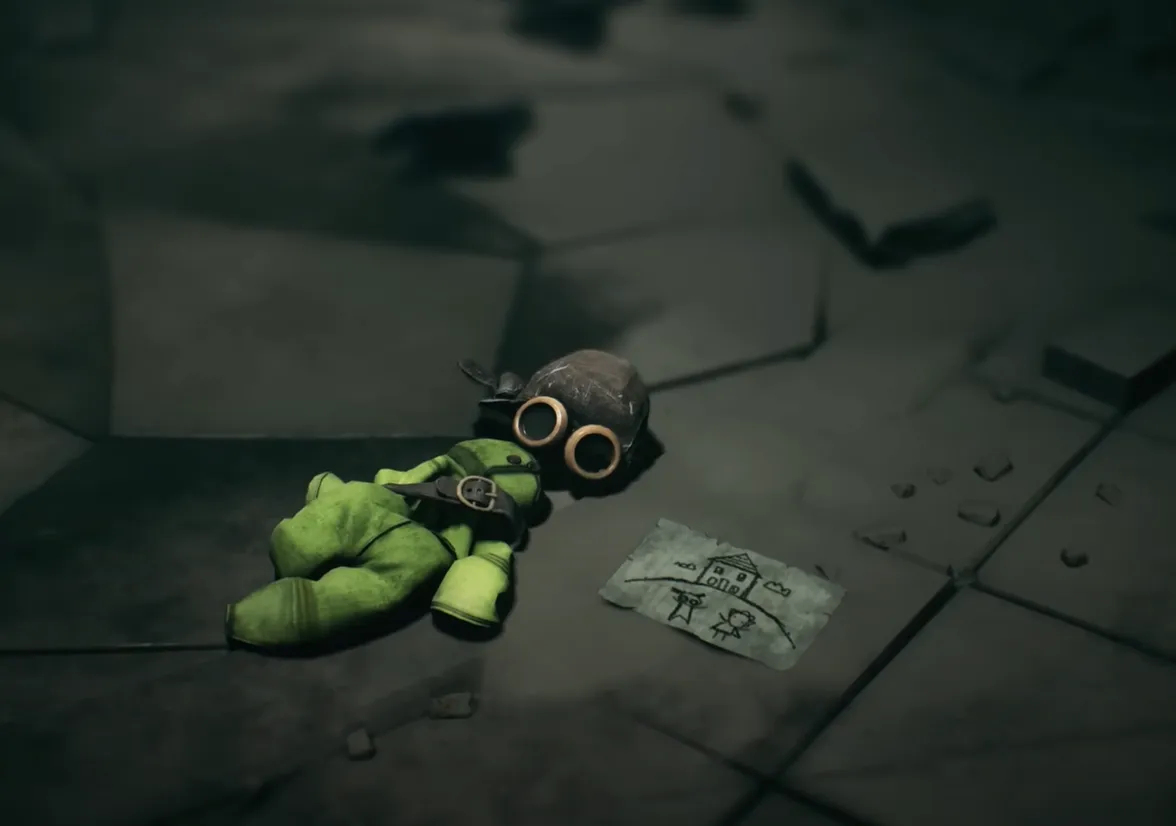Major spoilers ahead for Little Nightmares III.
What actually happens in the final moments
The story crescendos with a mirror shattering, and Low stranded on the other side, cut off and trapped in the Nowhere. The sequence plays like a familiar Little Nightmares rug-pull: escape seems close, then the world folds in and the exit collapses. Low isn’t strictly alone, though—the game keeps threading a presence with him—yet the physical way out is gone. It’s abrupt by design, leaving the rules of mirrors, memory, and companionship to linger more than any explicit epilogue.
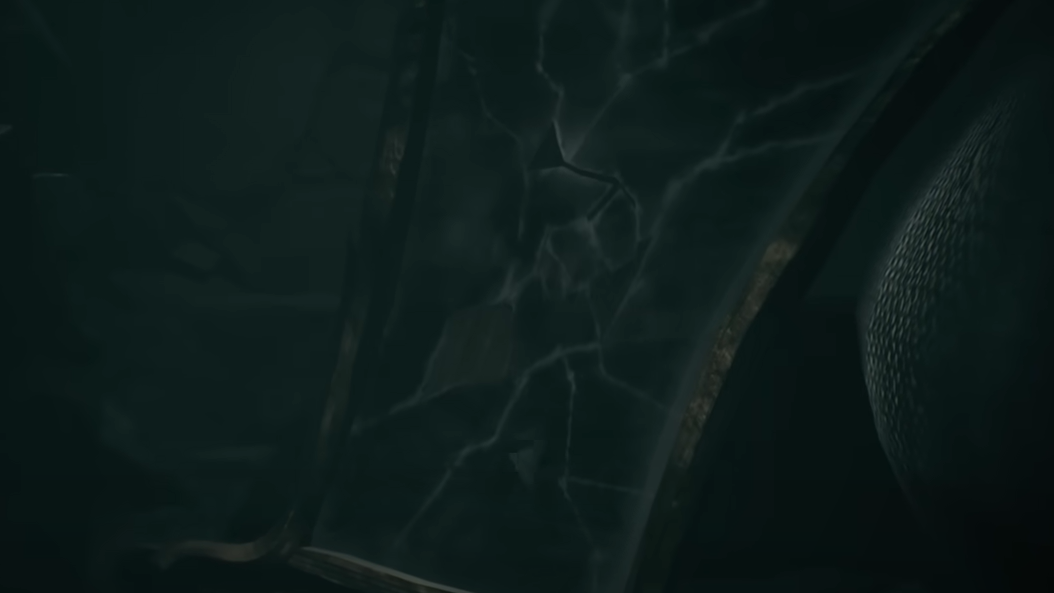
The cell between chapters and what it signals
Between each chapter, you return to a stark room that reads as a youth psychiatric institution. These interludes quietly reframe the entire journey. While the outside set-pieces move across strange cityscapes and showdowns, the cell grounds you in routine and observation: a bed, a door you can’t open, drawings, and objects that matter to children. It’s the series’s favorite trick—pulling the camera back to imply that Nowhere is both a place and a state of mind.
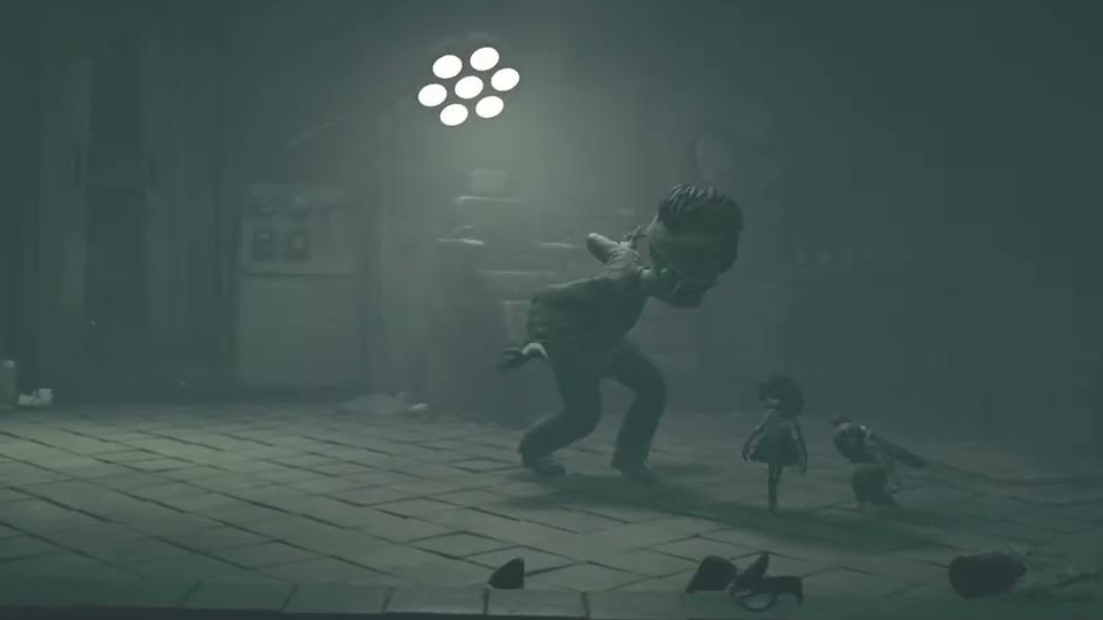
The reveal: Alone isn’t who you think she is
The most consequential turn is that Alone is Low’s imaginary friend. She’s the doll he clung to at the Institute, and the same “someone” who appears to bend scenes back toward the past. The game treats that power as an emotional mechanic: Alone’s reality-warping moments aren’t sci-fi; they’re Low’s distorted wish to rewind and restore. In other words, the co-op dynamic is a coping structure—companionship conjured from isolation and a stack of drawings.
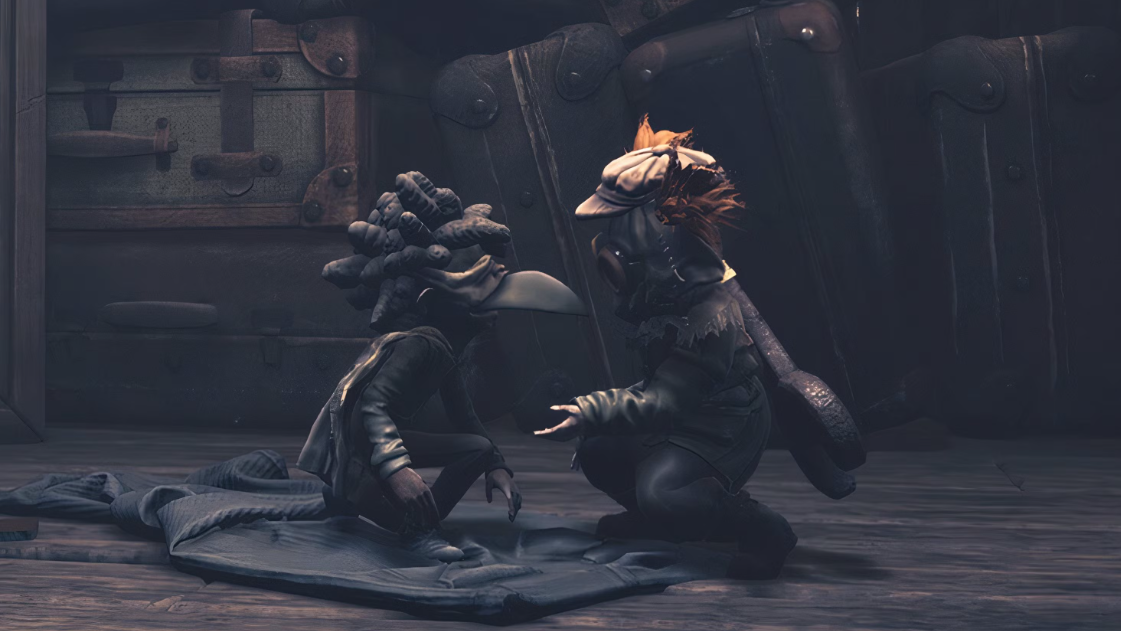
The Eyes are everywhere for a reason
There’s no Maw this time, but the all-seeing Eye threads through environments in multiple forms. It watches from walls, mechanisms, and motifs, a surveillance symbol that ties this entry to earlier games while pushing a different pressure: constant observation rather than singular predators. When the mirror breaks, the Eye’s presence feels less like a monster and more like a system you can’t slip past. That shift matters—fear here is being seen, categorized, and contained.
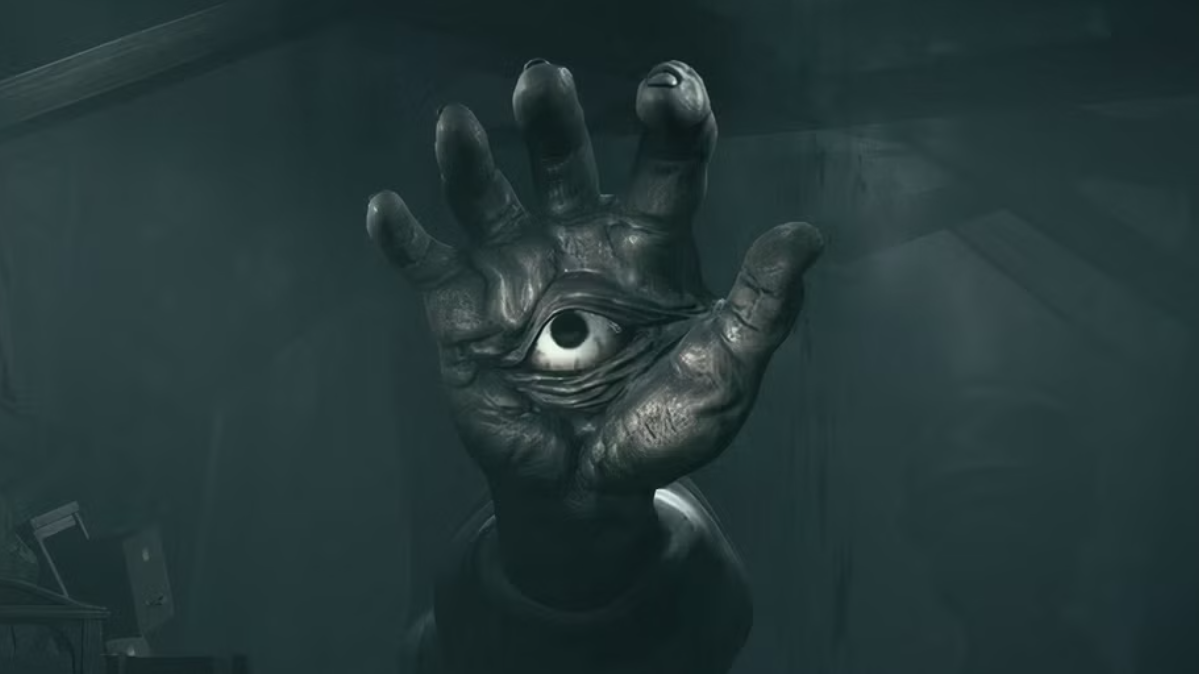
Monsters as manifested trauma
Two standouts—the Monster Baby and the Institute Overseer—tower beyond the series’ usual scale. Their exaggerated size plays like a deliberate distortion, the way a child would inflate a threat that looms too large to name. The suggestion is clear: these aren’t just villains, they’re embodiments of experience. In this read, the Nowhere doesn’t invent horrors as much as it amplifies them until they swallow the frame.
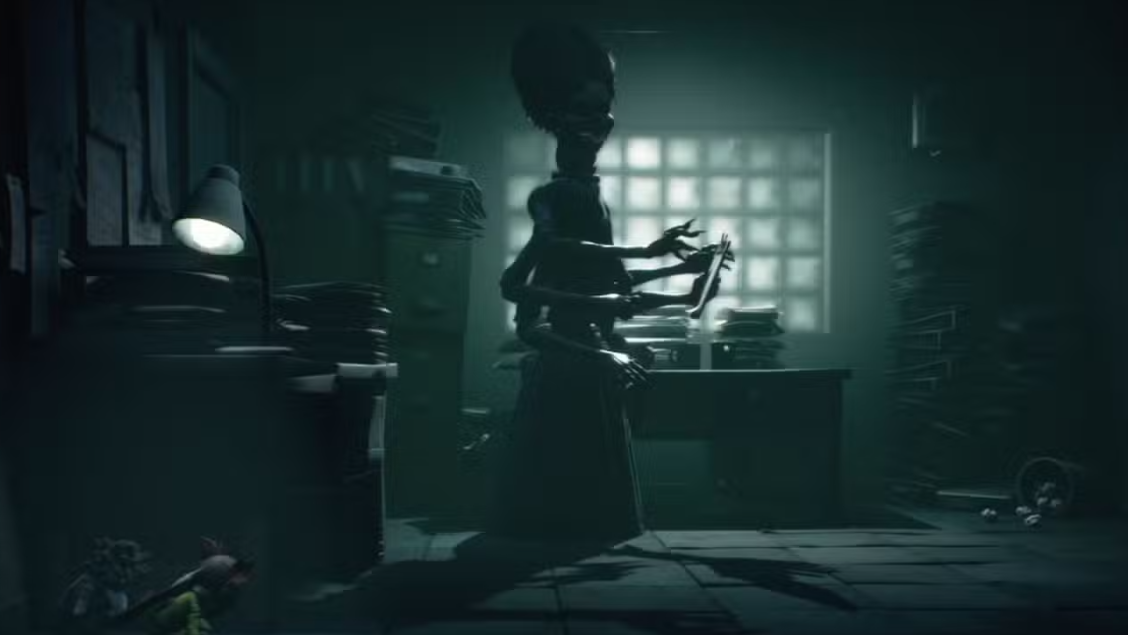
Where you go and why it matters
Little Nightmares III centers its path through places built for and around children, each one reflecting a different flavor of control or temptation:
- Candy Factory: sweetness as a lure, consumption as discipline.
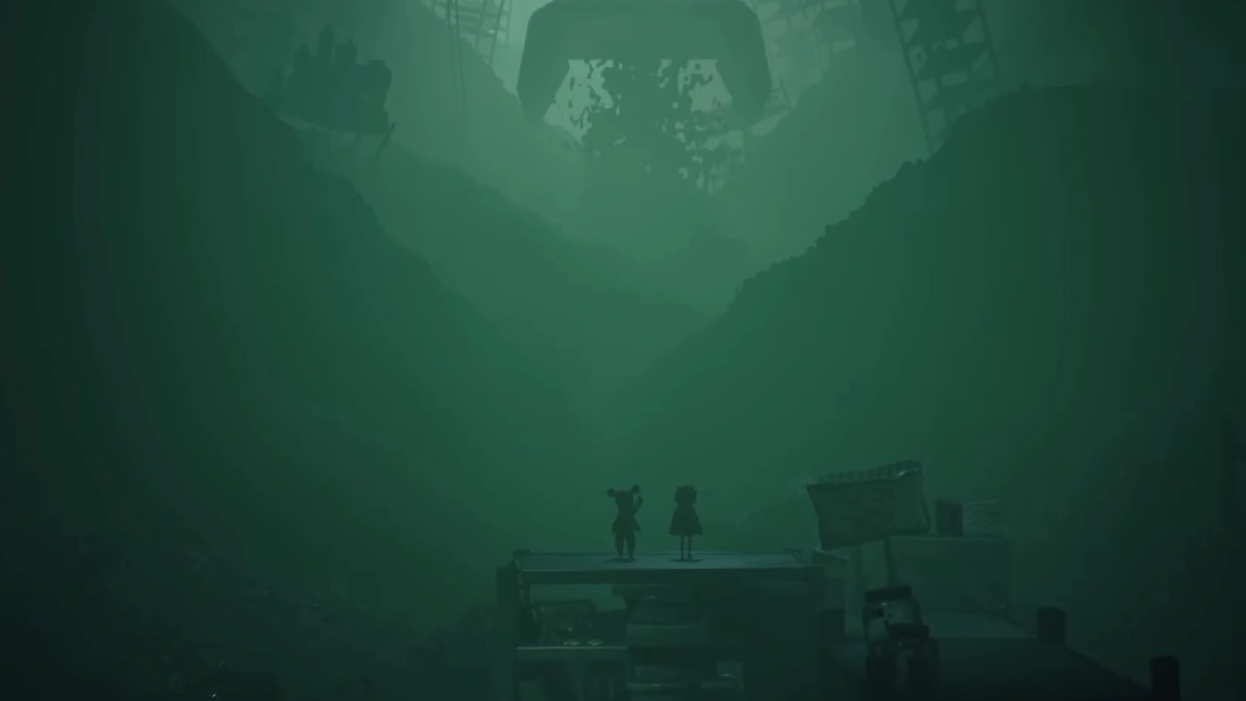
- Carnevale: spectacle, masks, and role-playing as survival.
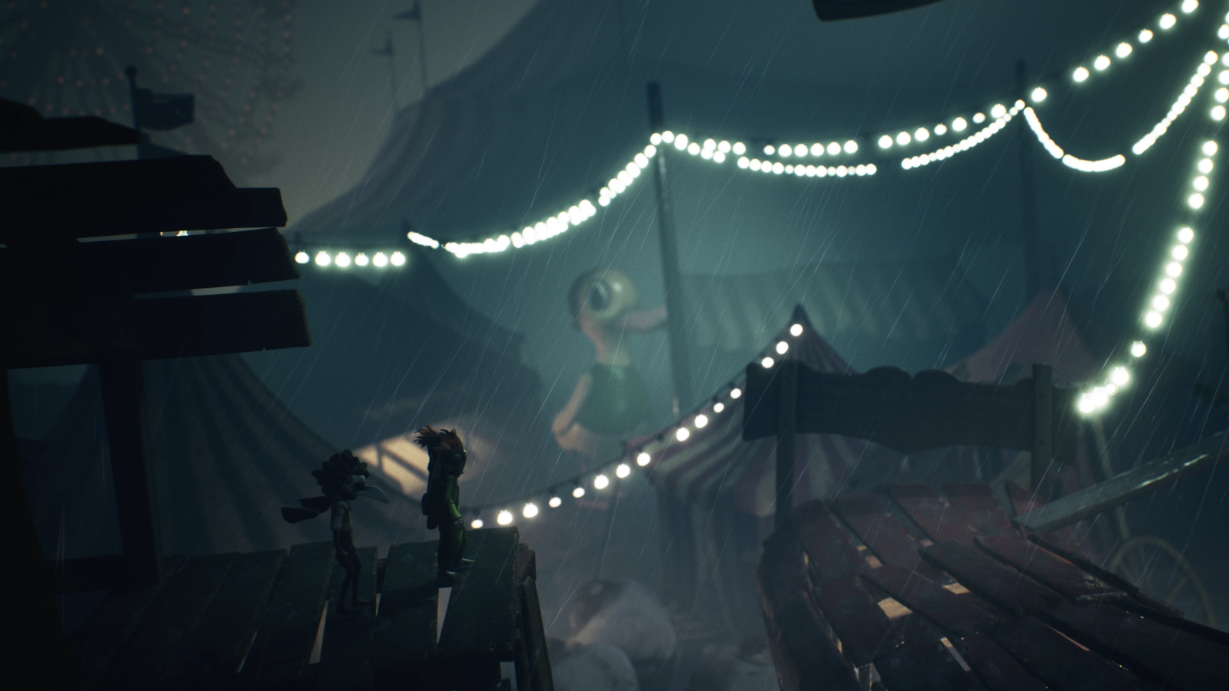
- The Institute: toy trains, lollipops, spelling blocks—childhood props arranged under supervision.
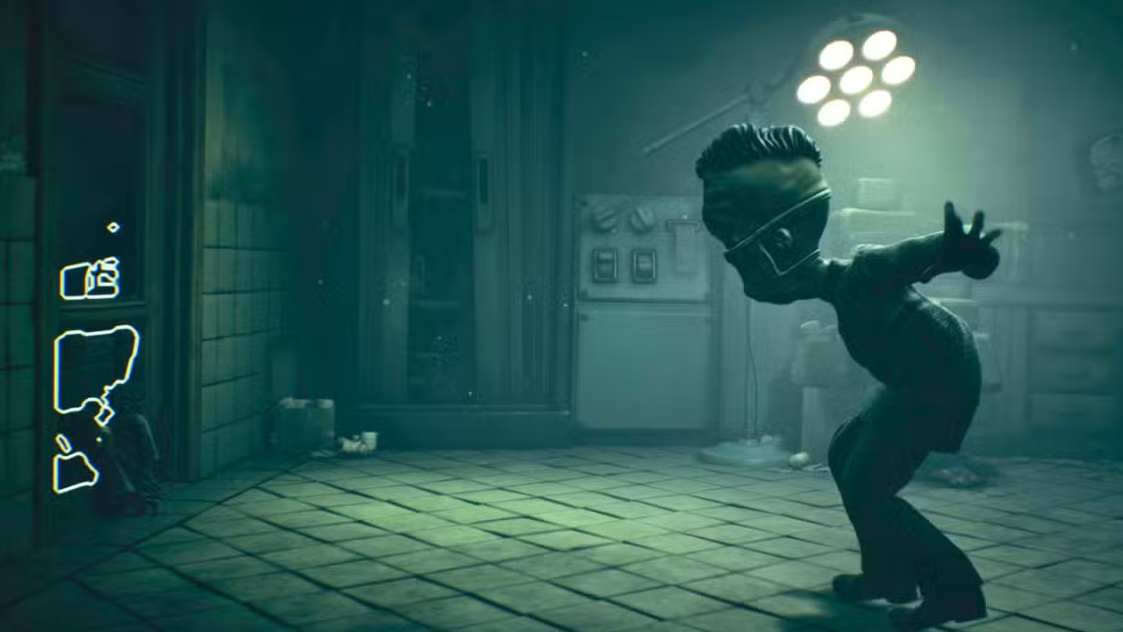
Along the edges sits the Necropolis and the broader cluster known as the Spiral, a patchwork of disturbing places that feels less like a map and more like a memory palace—rooms you revisit until they finally change you.
How the mirror fits the series’ language
Mirrors have always been portals and lies in Little Nightmares. Here, they are also boundaries between what’s endured and what’s imagined. The final shatter strands Low on the “wrong” side, which reframes earlier traversal: those crossings were never stable. If Alone is a construct born from need, a broken mirror doesn’t just trap Low; it punctures the scaffolding that made companionship possible. That’s why the ending hits hard without spelling anything out.
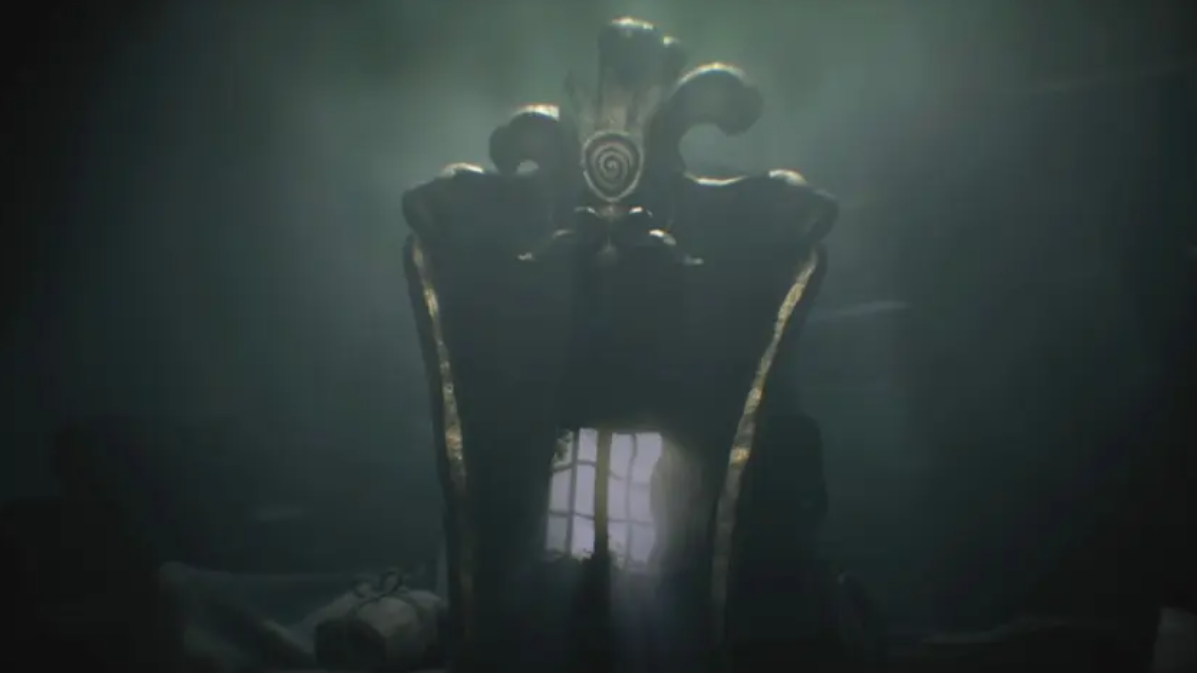
The dolls were telling you all along
The game nudges you toward the dolls you keep collecting and carrying. Once Alone’s nature clicks, those objects reconstitute as anchors for memory and identity. The doll isn’t just a keepsake; it’s a conduit for the small rewinds and reconstructions that punctuate the campaign. In a world where adults loom as unblinking systems, a doll is a child’s agency made visible—and fragile.
What the ending leaves hanging
- Low’s way home is unresolved. The mirror is gone; the Eye remains.
- Alone’s status is unstable. As a projection bound to an object and a place, her presence depends on what Low can still imagine—and access.
- The Institute’s truth is implied, not documented. It frames the journey but doesn’t reduce it to a single diagnosis or event.
- The Eye’s control is systemic, not singular. There’s no one switch to flip; escape is a process, not a boss fight.
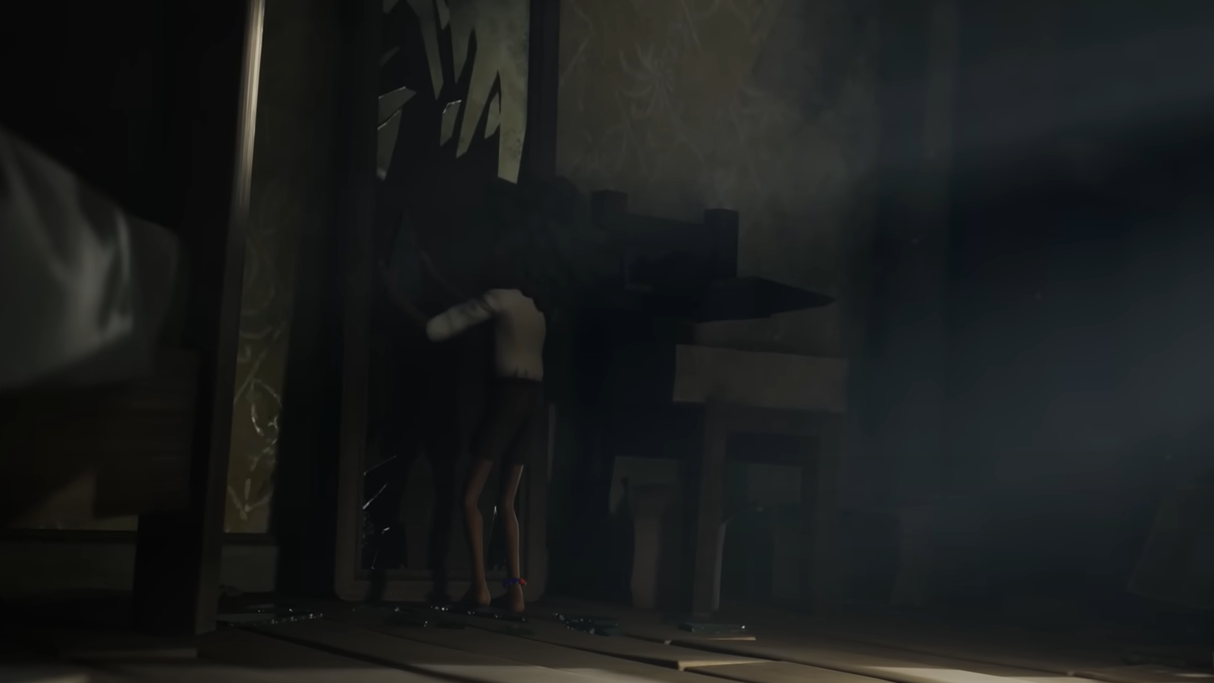
Quick reference to the key story signals
| Element | What you see | What it implies |
|---|---|---|
| Mirror shatter | Final exit collapses, Low is stranded | No clean escape; boundaries between realities snap shut |
| Prison cell interludes | Revisited after each chapter, youth institution context | The journey is bracketed by surveillance and routine |
| Alone’s identity | Revealed as Low’s imaginary friend and a doll from the Institute | Companionship as a coping construct with memory-shaping power |
| Dolls and keepsakes | Collectible, handled objects with emotional weight | Anchors for memory, the tools of small “rewinds” |
| The Eye motif | Appears in multiple forms across locations | Systemic observation and control instead of a single predator |
| Oversized antagonists | Monster Baby and Institute Overseer dwarf prior threats | Distorted trauma made literal and inescapable |
| Child-centered locales | Candy Factory, Carnevale, the Institute with toys and treats | Environments that lull, reward, and confine in equal measure |
Little Nightmares III points you to an answer without closing the door: the Eye watches, the mirror breaks, and Low is left with the only tools this series ever grants its kids—imagination, small resistances, and the hope that the next room will be different.

